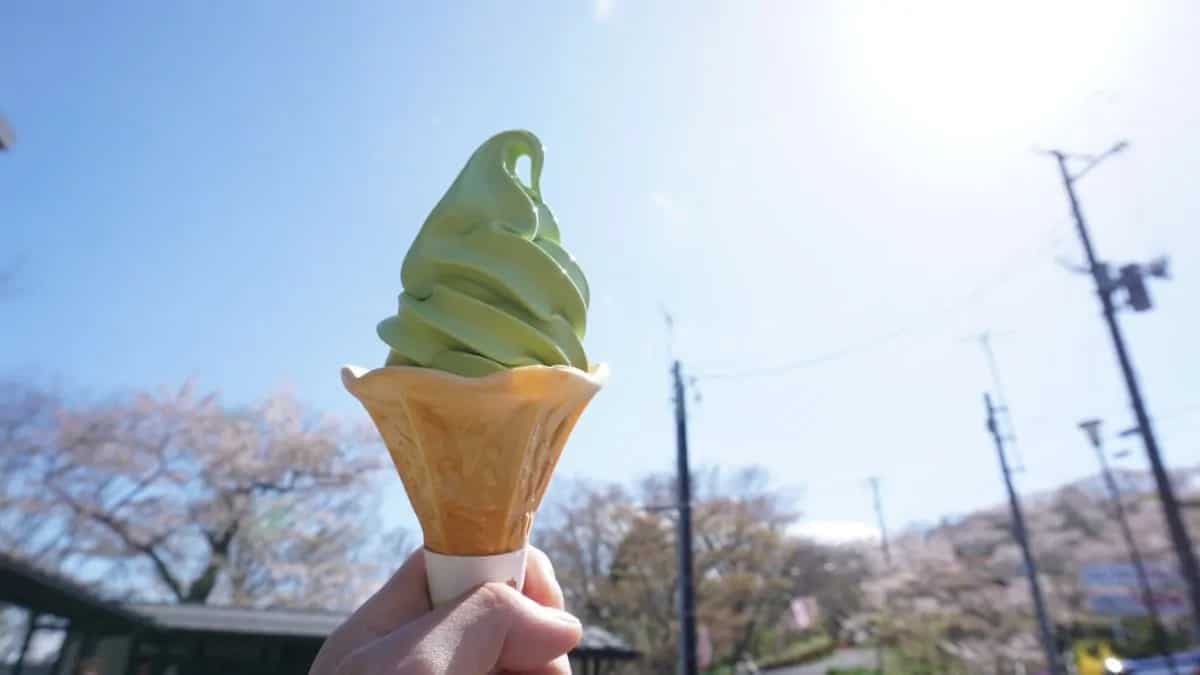ON A SWELTERING AFTERNOON, ice cream is both salvation and heartbreak. One minute, it’s a perfectly poised scoop; the next, it’s weeping down the cone, dripping onto your wrist, and pooling on the pavement. We accept it as the price of pleasure — the laws of physics can’t be reasoned with.
Or can they?
Over the past decade, a mix of serendipity, scientific curiosity and sheer human inventiveness has taken the once far-fetched idea of ice cream that resists melting from an idle daydream to a marketplace reality. This is the story of how it happened — and why.
2011: A glut of strawberries, and a culinary surprise
In the spring of 2011, the eastern coast of Japan was reeling from the earthquake and tsunami. In Miyagi Prefecture, strawberry farmers found themselves with fields of fruit that, though perfectly edible, wouldn’t pass the supermarket beauty test. Determined not to waste them, they donated the berries to a research centre in Kanazawa.

The scientists’ brief was modest: extract a polyphenol-rich liquid from the fruit for use in health foods. But then someone invited a pastry chef to experiment with it. His report was immediate and startling: *“Dairy cream solidified instantly when strawberry polyphenol was added.”*
Professor Tomihisa Ota of Kanazawa University realised what had happened. The polyphenols made it harder for water and oil to part company — a property that, in ice cream, meant milk and milk fat stayed bound together, even as temperatures climbed. The effect: a scoop that held its shape long past its usual expiry.

By April 2017, “Kanazawa Ice” popsicles were on sale in Kanazawa, Osaka and Tokyo. In one test, an ordinary vanilla stick crumpled under a hairdryer in seconds; the Kanazawa Ice version emerged unscathed after five minutes. A bear-shaped version, filmed by SoraNews24 sitting out for three hours in summer heat and still tasting cool, became a viral darling.
2017 onwards: The American scientist who wanted to know why
The internet spectacle crossed oceans and landed on the desk of Cameron Wicks, then a PhD student at the University of Wisconsin-Madison. She saw more than a novelty: what if polyphenols from familiar, natural sources — blueberries, green tea — could replace synthetic stabilisers and make foods more sustainable?
Teaming up with professors Brad Bolling and Richard Hartel, Wicks set about finding out. She folded tannic acid into standard ice cream recipes and watched the mixture thicken as she increased the dose. The polyphenols didn’t stop melting entirely, but they did knit the fats and proteins into a sturdy network, slowing collapse.
In one trial, cream with 3% tannic acid set into a gel firm enough to slice with a knife or invert without losing a drop. Samples kept their form for over four hours at room temperature. The trade-off? Higher concentrations altered the taste and, over time, the texture leaned towards pudding. For now, her versions remain in the lab, but the science is on her side.
2022–2025: A dietitian’s scoop with purpose
While researchers toyed with structure and texture, Kana Sugimura, a sales representative and certified dietitian in Hiroshima, was preoccupied with another problem entirely: malnutrition among elderly patients. Many disliked the sickly-sweet jellies offered as supplements, but their eyes lit up at the thought of ice cream.
Sugimura’s idea was to give them exactly that — but with the staying power to make eating easier in summer, and the nutritional heft to count as a supplement. Partnering with dairy maker Chichiyasu Co. and production firm Tonichi Co., she created “Eiyo Oen Aisu” (Nutrition Support Ice Cream), winning six million yen in government subsidies to make it happen.

The yoghurt-flavoured treat contains 5g of protein, 130 kilocalories, a full day’s vitamin D and 100 billion lactic acid bacteria. It holds its shape for about an hour and is pleasantly restrained in sweetness.

Trial sales in early 2025 sold out in hours — 2,600 portions gone halfway through a Yokohama fair. Hospitals and care homes came calling. By July, it was in shops in the Chugoku region, with the company aiming for 1.8 million units sold by 2030.
What began with a surplus of strawberries has unfolded into a global quest: viral street-corner curiosities, meticulous lab experiments, and scoops with social purpose. The dream is simple enough — an ice cream that lets you linger in the heat without loss — but the journey has been anything but. And the next time you find yourself standing in the sun, cone in hand, you may just have physics — and a few determined dreamers — to thank for keeping the drip at bay.


